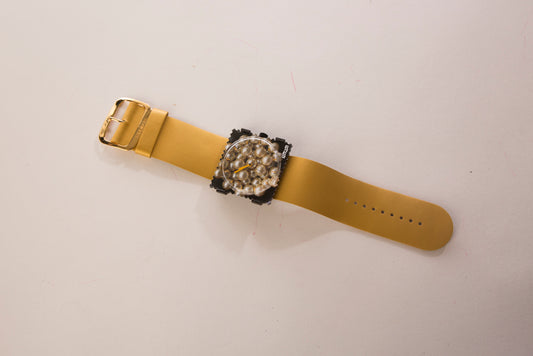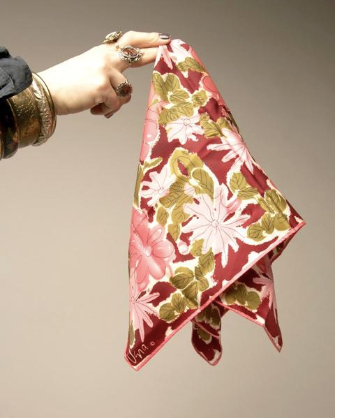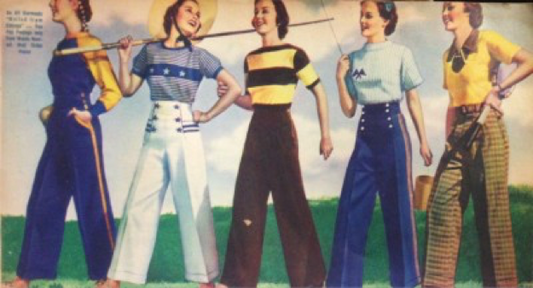talkingfashion

Dazzling Dressing Tables: A Brief History of th...
Dazzling Dressing Tables: A Brief History of the Vanity By Paige McKirahan Though the world of luxury furniture is very much alive and well, the type of pieces we...
Dazzling Dressing Tables: A Brief History of th...
Dazzling Dressing Tables: A Brief History of the Vanity By Paige McKirahan Though the world of luxury furniture is very much alive and well, the type of pieces we...

History of the Watch: A Timeless Timekeeping Ac...
The Watch: A Timeless Timekeeping Accessory By Paige McKirahan The neverending passage of time is what that we base all of our daily schedules on; from sleep to work...
History of the Watch: A Timeless Timekeeping Ac...
The Watch: A Timeless Timekeeping Accessory By Paige McKirahan The neverending passage of time is what that we base all of our daily schedules on; from sleep to work...
Sustainable Jewelry: Wooden Accessories
Wooden Jewelry By Paige McKirahan As one of the most versatile materials in nature, wood can do everything from create beautiful jewelry to make paper. With the ability to be...
Sustainable Jewelry: Wooden Accessories
Wooden Jewelry By Paige McKirahan As one of the most versatile materials in nature, wood can do everything from create beautiful jewelry to make paper. With the ability to be...

Pioneering the Scarf Industry
Pioneering the Scarf Industry By Paige McKirahan Seeing as how we have already learned the history behind the magnificent accessory, we begun to wonder about the designers who paved the...
Pioneering the Scarf Industry
Pioneering the Scarf Industry By Paige McKirahan Seeing as how we have already learned the history behind the magnificent accessory, we begun to wonder about the designers who paved the...

Fashion Rationed: World War II Style
Fashion Rationed: World War II Style By Paige McKirahan Though The Great Depression was nearing its conclusion at the end of the 1930s, the fashion industry was still shaking from...
Fashion Rationed: World War II Style
Fashion Rationed: World War II Style By Paige McKirahan Though The Great Depression was nearing its conclusion at the end of the 1930s, the fashion industry was still shaking from...